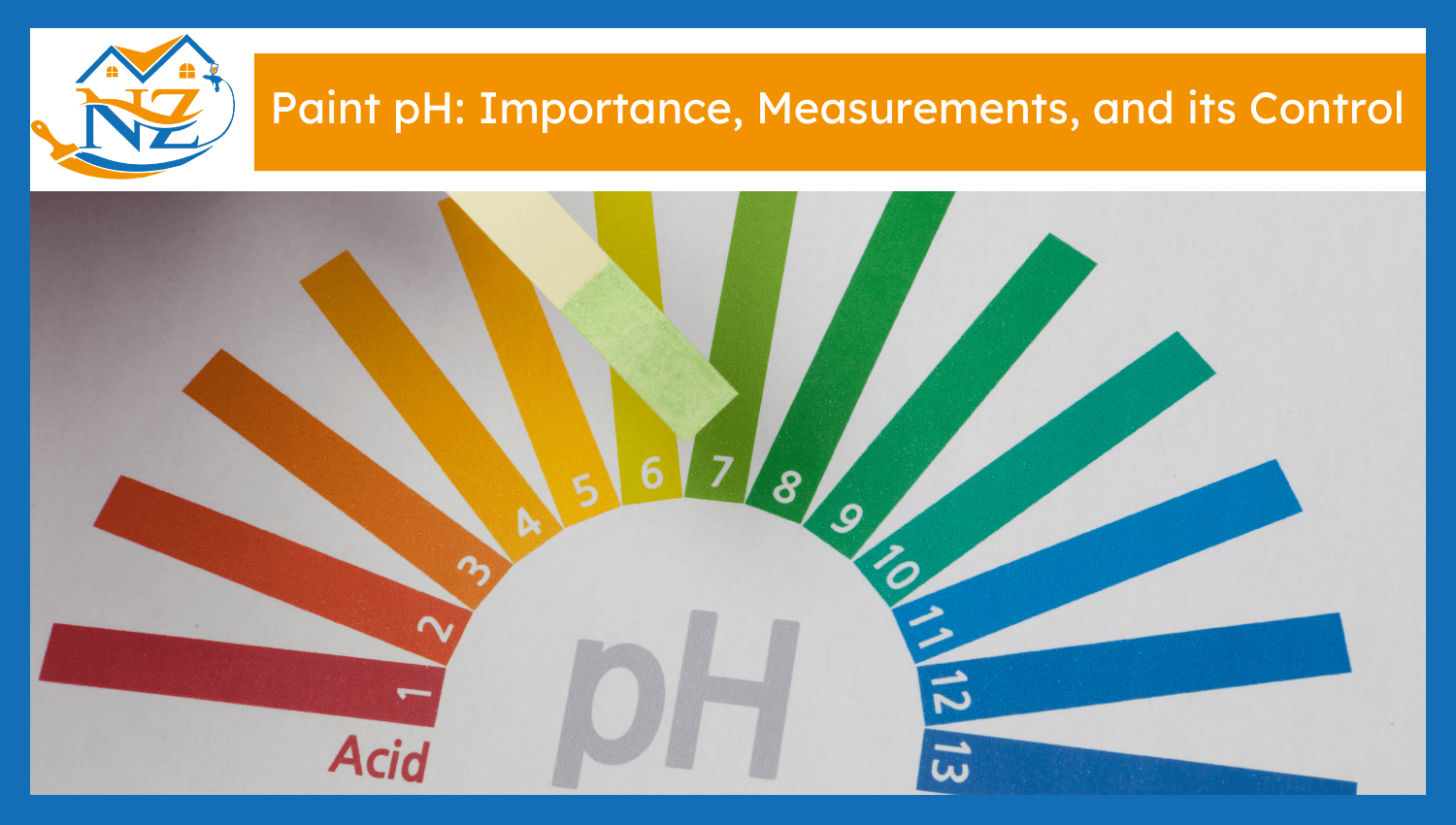

Paint pH refers to measuring the potential of hydrogen ions in a substance (paint). It is used to examine the alkalinity and acidity of paints on a scale of zero to fourteen. Paints can be acidic or basic, depending on their components and formulation. Oil-based paints fall between 7 to 7.5 on the pH scale, and water-based paints have an alkaline pH of 7 to 9. Acrylic (latex) paints contain water as their primary solvent and acrylic binders, which makes them pH sensitive. Oil-based paints are less sensitive to pH due to their organic solvents (turpentine, naphtha). Maintaining the right pH (>7) of water-based paints is important to prevent fading and frequent peeling.
Here’s why pH is important in paint formulations:
Here is how to measure the pH of paint:
Here is how pH control affects the specific paint applications: